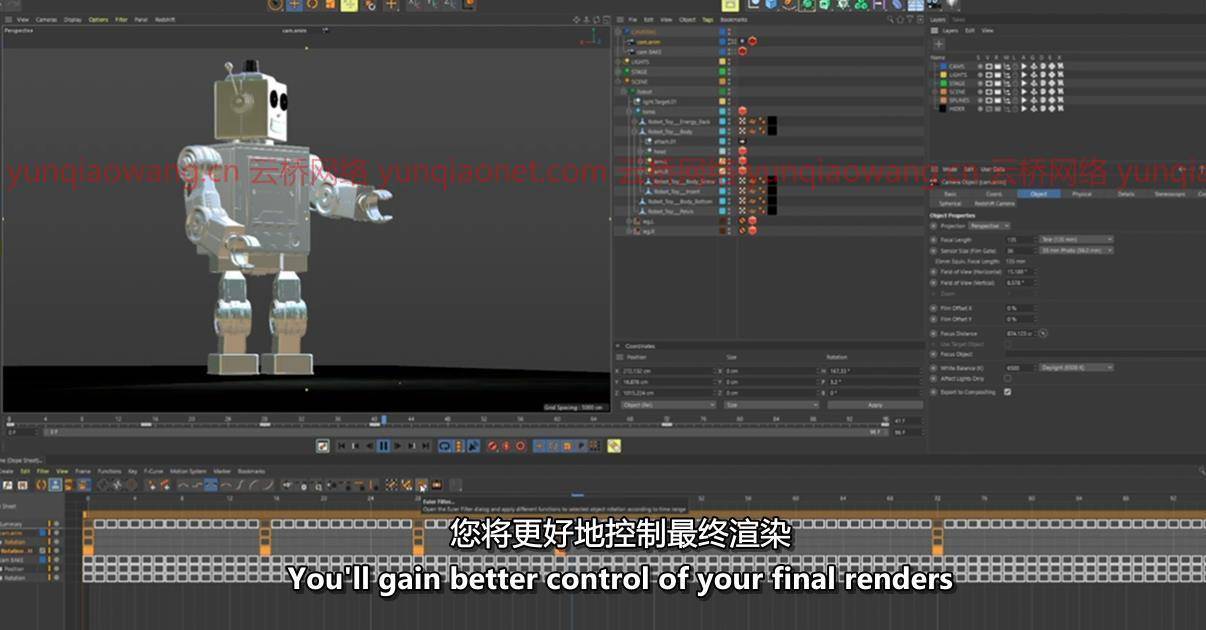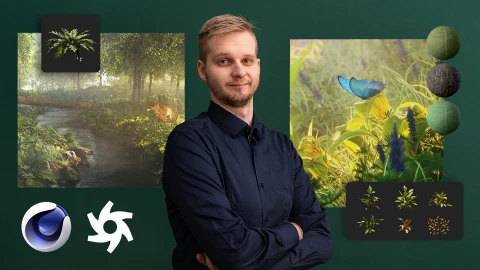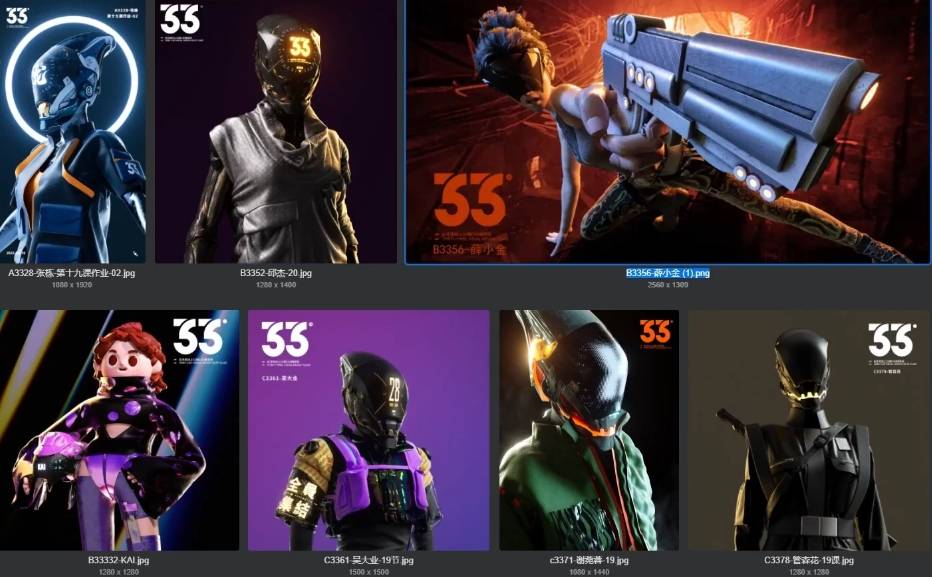
MP4 |视频:h264,1280×720 |音频:AAC,44.1 KHz,2 Ch
|语言:英语+中英文字幕(云桥CG资源站 机译)|时长:3h 47m |大小解压后:3.61 GB 含课程文件
创建和渲染三维场景是一项艰巨的任务。但是当你需要在渲染时间后进行调整时会发生什么呢?在本课程中,讲师瑞安·麦考利向您展示了如何使用aov来正确合成3D场景,以实现灵活性和最终效果。瑞安解释了AOV的一些重要基础知识。使用15秒光斑的真实例子,他涵盖了C4D的多通道渲染,包括EXR多层工作流和在Redshift中正确设置aov。Ryan会引导你重建美丽通道,微调以获得你想要的最终效果,并进行修改。他还涉及Photoshop中的合成剧照,以及Fusion和After Effects的高级合成技术。




MP4 | Video: h264, 1280×720 | Audio: AAC, 44.1 KHz, 2 Ch
Skill Level: Beginner + Intermediate | Genre: eLearning | Language: English + srt | Duration: 3h 47m | Size: 3.47 GB
Creating and rendering a 3D scene is a tall task. But what happens when you need to make adjustments after render time? In this course, instructor Ryan McCauley shows you how to use AOVs to correctly composite a 3D scene for flexibility and finalizing. Ryan explains some important basics of AOV. Using a real-world example of a 15-second spot, he covers Multipass rendering out of Cinema 4D, including EXR multi-layer workflow and setting up AOVs properly in Redshift. Ryan steps you through rebuilding the beauty pass, fine-tuning to get the look you want in your final shot, and making revisions. He also touches on compositing stills in Photoshop, as well as advanced compositing techniques for both Fusion and After Effects.
1、登录后,打赏30元成为VIP会员,全站资源免费获取!
2、资源默认为百度网盘链接,请用浏览器打开输入提取码不要有多余空格,如无法获取 请联系微信 yunqiaonet 补发。
3、分卷压缩包资源 需全部下载后解压第一个压缩包即可,下载过程不要强制中断 建议用winrar解压或360解压缩软件解压!
4、云桥CG资源站所发布资源仅供用户自学自用,用户需以学习为目的,按需下载,严禁批量采集搬运共享资源等行为,望知悉!!!
5、云桥CG资源站,感谢您的关注与支持!













